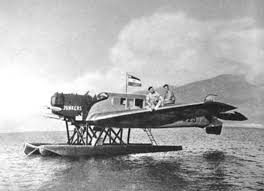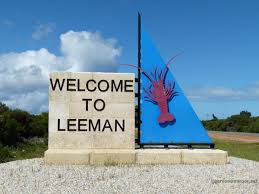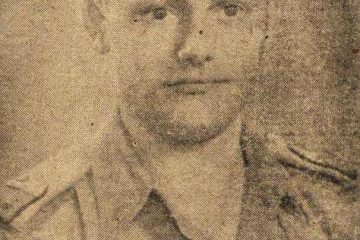On the night of the 28 April 1656, the Vergulde Draeck struck a submerged coral reef midway between what are now the coastal towns of Seabird and Ledge Point, Western Australia. On board were 193 crew, eight boxes of silver coins worth 78,600 guilders and trade goods to the value of 106,400 guilders.

Of the 193 crew, 118 are believed to have perished. The initial 75 survivors, including the ship’s captain Pieter Albertszoon, and the under steersman, made it to shore. They had with them the ship’s boat, a schuyt, along with a small number of provisions and stores washed on shore. Nine days later the under steersman and six crew members were dispatched to Batavia to summon help.
After a journey of some 1,400 nautical miles (2,600 km), lasting 41 days, with little water, little food and suffering from exposure, they arrived at Batavia. The alarm was raised and the search for the survivors of the Vergulde Draeck and cargo began.
On 23 April 1657, the Vinck was send on a rescue mission, but no survivors or wreckage was found.
On 1 January 1658, the Waeckende Boey and the Emeloordt were dispatched from Batavia. This time the rescue attempt was made in the more favourable summer months. On returning from the coast, they recorded the discovery of wreckage believed to be of the Vergulde Draeck. Most notable was a plank circle, a collection of some 12 to 13 planks placed in a circular fashion, dug into the beach sand with their ends facing skyward. During the various searches, a small shore party from the Waeckende Boey led by Abraham Leeman van Santwits became separated. Bad weather prevented Leeman from returning to the Waeckende Boey and after four days Leeman and his party were assumed lost. The modern town of Leeman, Western Australia is named after this Dutch explorer.
13 Dutch sailors including Abraham Leeman from the Waeckende Boey landed on Rottnest Island near Bathurst Point on 19 March 1658 while their ship was careened nearby.
On 9 March 1658, Captain Jonck of the Emeloordt managed to send a small party to land. Upon returning, the shore party reported having seen three Aboriginal natives of tall stature who attempted to communicate with them using basic hand signals. This story of ‘first contact’ was a peaceful exchange, likely with the Yuet people of Western Australia.
A further rescue attempt was made in 1659 by the vessel Emmenhorn but no sign of survivors or wreckage was found.
Prospectors found lots of musket balls on the beach, indicating the place where the survivors camped. . Watch the ABC 7.30 report from 14 November 2022. The item on the Vergulde Draeck starts at 26 minutes in.
More info:
Shipwreck Database – Western Australian Museum
Various video of the Vergulde Draeck


